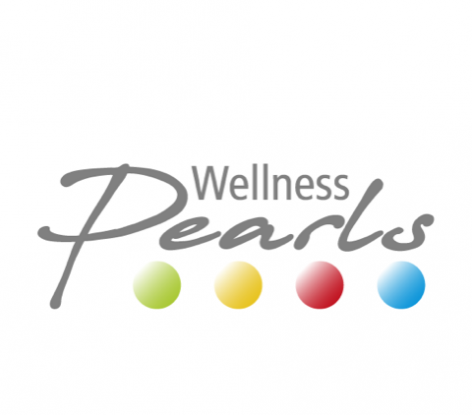Wellness dictionary
Little ABC for your spa-break questions ...
In their treatment discriptions, wellness hotels often use technical terms, which are hard to understand for potential guests. We have therefore collected and defined the most relevant terms in our small wellness ABC. A tip: Our wellness dictionary also supports word requests. You don't need to know the exact wording.
Select letters or search term:
Climatotherapy
Climate cures in different regions for recovery and health promotion
Treatments, healing baths and climatotherapy have a long tradition in Germany. Whether mineral baths or moor baths, Kneipp cures or seaside health resorts: People make use of the healing forces of mineral water and fresh air already since hundreds of years. The climate healing effects depend on the purity, humidity, movement and temperature of the air. Furthermore, the strength of solar radiation, atmospheric influences as well as the seasons play an important role. It is made different use of the various climates to improve the health of a patient by working with different constellations of sun, air, water and mineral contents.
The characteristics of a climate can be distinguished into three categories: saving factors, stress factors and stimulation factors. Saving factors for example define the purity of the air, the water vapour, so-called aerosol, which is said to be especially effective in sea regions due to their high salinity. Health resorts, which do not profit from sea climate, often make use of graduation towers, removing water from a saline solution using evaporation to increase the concentration of mineral salts.
High mountain Climatotherapy
The solar radiation is stronger in high mountain regions than in the lowlands in times of low temperature, which is why one can do sunlight therapies very well in high mountain regions. This therapy is especially useful for patients suffering from asthma caused by allergies, as in mountain regions there are barely any pollen count. Furthermore, the above average air quality has a positive effect on the respiratory organs. A high mountain region therapy is also useful when suffering from heart, circulatory or skin disorders.
Low mountain Climatotherapy
The climate in the low mountain ranges is rather mild. Especially the forest regions offer a very balanced climate, as during the day it is colder and warmer during the nights than in other regions where there are no forests. Forests guarantee fresh and clean air and are furthermore sheltered from wind. Many spa resorts are based in forest regions and often possess brine springs, which are used for therapeutic purposes. The mild climate of the low mountain ranges are ideal for an overall health care but also for recovering from serious diseases as well as from cardiovascular disorders and rheumatic diseases.
Coastal area Climatotherapy
In coastal areas especially the fresh sea air is good for patients’ health. Besides that, the sea strengthens the solar radiation. Throughout a spa stay at the sea, bathing and climate therapies are combined. Patients suffering from mucosal erythema as well as patients who suffer from cardiovascular and skin diseases profit from the sea climate. Patients who decide to spend their spa stay at the North Sea not only benefit from the air but also from the Wadden Sea, as it among others contains iodine and other rich ingredients.
The Baltic Sea in contrast offers a milder climate, which allows the body to get used to the new environment more slowly. In addition, the maximum and minimum air temperatures do not differ so much as at the North Sea.
Related topics: Algae Therapy Bathing cure Healthysatisfaction Kneipp Thalassotherapy Wellness

